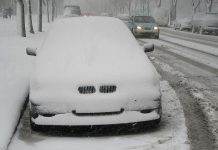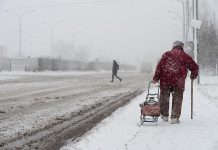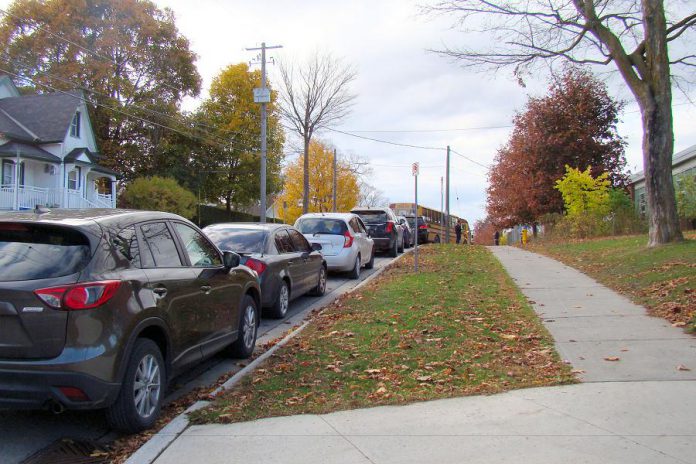
There is an issue plaguing school zones within the Peterborough region. Since the 1980s, we have seen a significant increase in vehicular traffic, and a corresponding decrease in other travel modes.
Our data indicates that, on average, about 30 per cent of children in the Peterborough region are arriving to school by car. This is consistent with data from across Ontario. Encouraged by culture, advertising, and the car-centric infrastructure we have built, cars have taken over our school zones.
Enter School Travel Planning, a new program delivered by GreenUP and Active and Safe Routes to School Peterborough. This new project is working with five local schools, in the neighbourhood of East City and the village of Norwood, to track travel modes and to collect and analyze qualitative data related to neighbourhood areas of concern.
Each school works to develop an action plan — in consultation with school administrators, staff, parents, and stakeholders like municipalities, Peterborough Public Health, the regional police, and school board representatives — that identifies community-based solutions to address travel barriers and increase rates of walking, wheeling, and busing.
The negative impacts of driving our children to school go far beyond jeopardizing their safety. While collisions are the leading cause of fatalities for children in Canada, a host of other negative impacts are also associated with driving our children to school.
Arriving at school by car on a daily basis reduces air quality, physical activity, and opportunities for independence, while also increasing social isolation. By contrast, active transportation is associated with the development of lifelong healthy habits, improved alertness, better academic performance, more socialization, and — of course — reduced greenhouse gases.
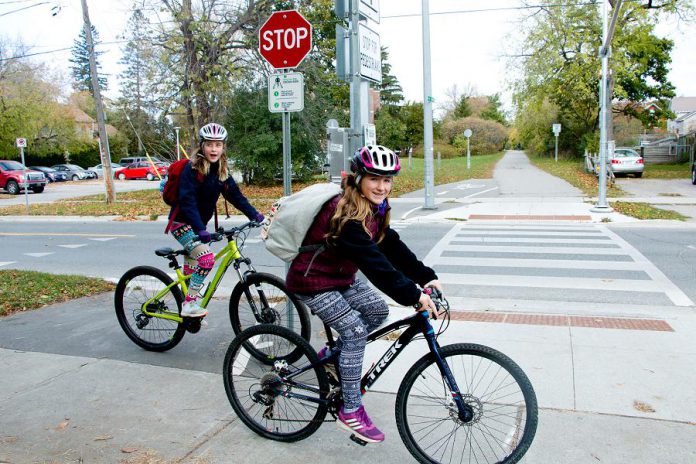
School Travel Planning committees in each school work to recognize these broad impacts and benefits, while also zeroing in on the specific challenges and motivations that are unique to their school community. These motivations can be different for each member of the community, but the largest motivator for addressing these issues at the school level is a reduction in traffic congestion.
Traffic congestion in school zones has become a concern to school boards, administrators, and staff. Often equipped with older infrastructure, schools are forced to use valuable staff time to try to safely control traffic volume and dangerous driver behaviour. Also, the more vehicles in the school zone, the more potential for collisions with pedestrians and cyclists. This potential can deter people from using more active and environmentally-conscious travel modes.
The School Travel Planning process can help school communities proactively address these safety concerns by exploring options to separate motor vehicles from pedestrian and cyclist traffic.
Alongside approaches to reduce congestion and create separate spaces for vehicles, pedestrians, and cyclists, making active school travel more fun and convenient is often all that’s needed to spark change. Families and students are, in many cases, already strongly motivated to be part of the solutions to climate change.
More than one third of Ontario’s greenhouse gas pollution comes from transportation and vehicle emissions, so avoiding daily trips to school by car can have a significant impact on climate change over time.
Birdie, who is in Grade 8 at Immaculate Conception Catholic Elementary School in Peterborough’s East City, feels strongly motivated to connect personal behaviour to climate change.
“One major cause of greenhouse gas emissions is because of gas-run vehicles like cars, motorcycles, buses … you name it!,” Birdie says.
“If those of us who are able to walk or bike to and from school actually did, then we would see a big difference in gas emissions. I think it is very important to know that our actions have consequences and to know how to make positive changes.”
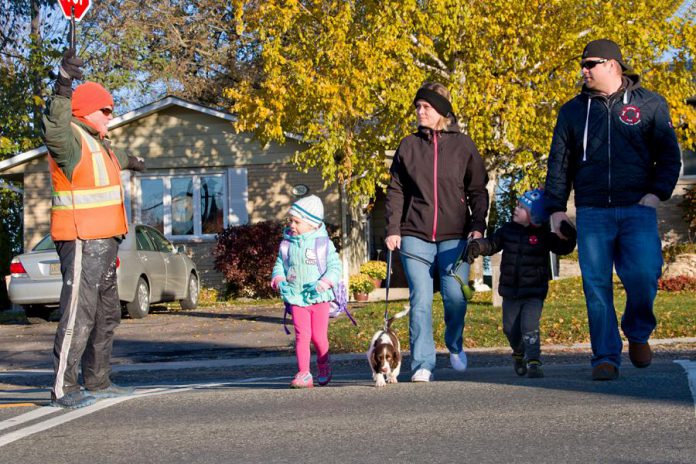
An integral part of this process is community involvement at every opportunity. To properly address each school neighbourhood’s unique circumstances and work toward unique solutions, the community provides feedback and makes a commitment to seeing the process through.
We have been fortunate to engage with many passionate active transportation champions in school communities.
“The school travel planning process has been a valuable tool for building community in the East City school neighbourhood,” says Marcia Blasche-Campbell, a primary teacher at Armour Heights.
“Being involved in this endeavour has made me look at the way I travel,” Blasche-Campbell adds. “”At the school level, parents, staff and administrators are looking at how we manage the congestion in front of the school, not only at arrival and dismissal times but throughout the day, and making positive changes that not only encourage people to rethink their travel to and from school, but also keep everyone safe.”
By continuing to communicate and by taking actions informed by a thorough understanding of the community, School Travel Planning schools are working together to alleviate their traffic issues and create safe and sustainable learning environments.
This new program has been brought to our region through the Ontario Active School Travel Fund, supported by Green Communities Canada and the Government of Ontario.
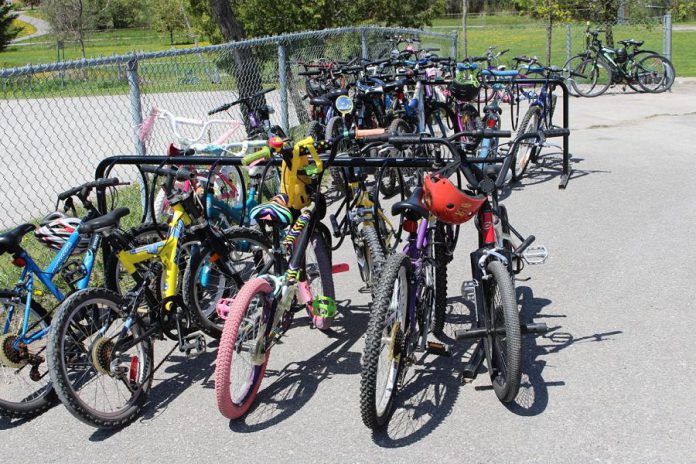
For more information about School Travel Planning, or to learn how to bring this tool to your school community, contact GreenUP’s Active School Travel Facilitator Natalie Stephenson at 705-745-3238 ext. 223 or natalie.stephenson@greenup.on.ca.
Learn more about the School Travel Planning program at www.greenup.on.ca/program/school-travel-planning/.


